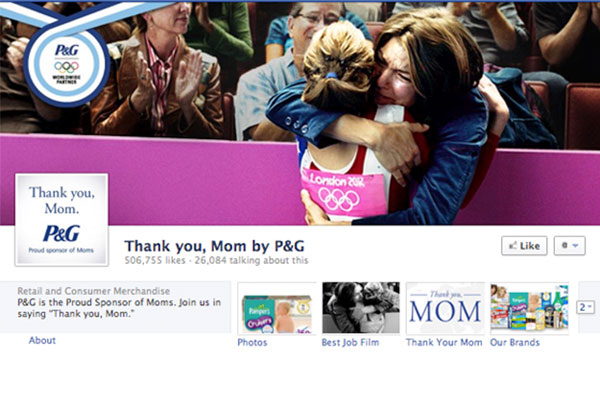[vc_row][vc_column][vc_column_text]There’s been some talk in the last weeks about FMCG companies investing in and building their corporate brands.
Research by media monitoring company Precise, published in March 2013 says that consumers are more likely to view FMCG companies favourably if they develop a recognisable corporate brand.
Now comes the news that Johnson & Johnson have unveiled a new corporate slogan, prompting Mark Ritson to write in Marketing Week in less than complimentary terms about various attempts at corporate brand building.
What all this proves is that the audience for corporate brands has extended beyond the traditional confines of city, press and internal staff to include consumers, and the principles of brand management are being applied.
In fact, both Reckitt Benckiser and Unilever place so much importance on their corporate brands that they use digital asset management systems to manage them.

Why are the multinationals changing their approach to brand management?
We all know that back in 1931, P&G ad man Neil McElroy sent around his now-famous memo explaining why P&G should have a brand team for each product, paving the way for modern brand management.
But in the last few years, there has been a shift in consumer behaviour with people seeking out information regarding who makes their products, the transparency of those companies and their social, ethical and environmental behaviour.
The emergence of private label branded goods sold by major retailers such as Wal-Mart and Kroger in the USA and Tesco, Sainsbury’s et al in the UK has had a major impact on the competitiveness of consumer retail.
The brand architecture of these retail giants is everything the multinationals are not. They have a more focused and cost-driven approach to branding with a single master brand across all their products and can offer multiple products per category.
The large FMCGs are having to rethink their single brand approach and build equity in the parent.
If you are a corporate brand thinking of doing the same, here are five lessons in brand management from those who have done it already.
1. Make your corporate brand the hero
For years now L’Oréal has placed its corporate brand centre stage across communications for the products.
The tag line ‘Because you’re worth it’ has made it one of most well known corporate FMCG brands globally and one which scores highest in research on the key metrics of trust and familiarity around the world.
The business operates in one broad beauty category (cosmetics, hair care and fragrance), however, which makes this approach possible.
2. Create a unifying visual identity
Unilever pioneered corporate rebranding when they unveiled the new U logo in the early 2000s, made up of interconnecting images symbolic of the brand categories they represent.
Corporate communications gave meaning to the U and shortly thereafter, the brands were seen to be sporting the corporate symbol on the reverse of packaging, now seen on their advertising.
3. Promote a specific area of your corporate business
Reckitt Benckiser (RB) went through a corporate rebranding with UK agency The Workroom in 2007, introducing the colourful kite identity and introducing this onto their products.
RB places huge importance on their corporate social responsibility activity which feeds into giving meaning to the corporate brand.
4. Associate your corporate brand with a global event
In 2012, P&G spent $100m sponsoring the London Olympics using this platform to build the profile of the corporate brand with their multi-brand ‘Thank you, Mom’ campaign, resulting in 600m social media views for the company and contributing to an uplift in sales of between 5 and 20% across 4mn stores globally.
5. Use your corporate brand as a mark of endorsement
Nestle has been hugely successful in building its business in developing countries where there can be issues with product quality and consumers’ trust in them.
The corporate brand can help to bring reassurance and even speed in penetrating new categories and bringing in new products to market.
Conclusion
More and more people are looking to product packaging to find out who owns a brand in order to inform their own purchase decision. Investing in building meaning and values in the corporate brand is becoming ever more important for wider brand management.
The minor irony is that P&G are the founders of modern-day product brand management but are one of the last of the major FMCG companies mentioned here to invest in their corporate brand, but this is a trend which, having gained this much momentum, will only continue to grow.
Originally published on Econsultancy
Click here to find out more about Brandworkz brand asset management[/vc_column_text][/vc_column][/vc_row]






